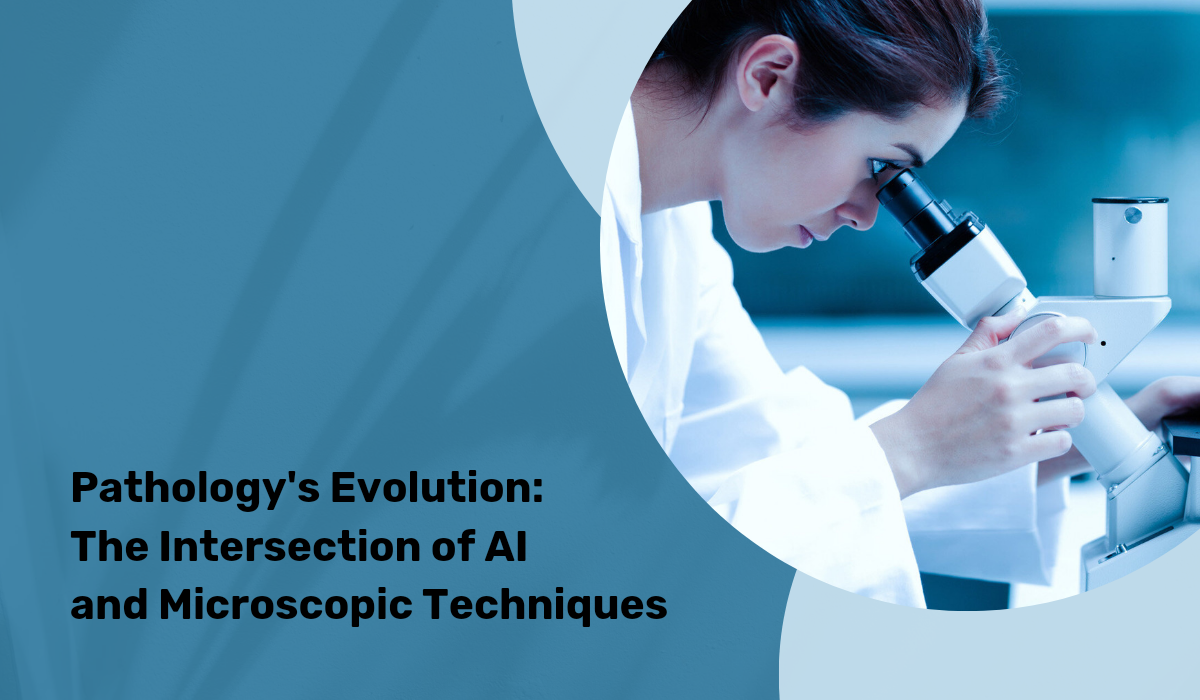
India is grappling with a severe shortage of pathologists and microbiologists, exacerbating the challenges in medical testing. Despite boasting around 3 lakh medical testing laboratories, the country only has approximately 5,500 qualified MD pathologists. This scarcity is particularly acute in rural areas, where unaccredited laboratories struggle to meet the diagnostic needs of the population. Compounding the issue are diagnostic errors stemming from unskilled or untrained microscopists, underscoring the urgency for improved quality diagnostics.
The advent of smart microscopy, propelled by advancements in technology, offers a glimmer of hope in addressing these pressing concerns. Digital microscopy, aided by Artificial Intelligence (AI), is ushering in a new era of diagnostics, promising accurate analyses, meticulous reporting, and a reduction in human errors. This technological leap is poised to bridge the gap between urban and rural healthcare facilities, revolutionizing traditional pathology and enhancing accessibility, affordability, accuracy, and efficiency.
The bullish sentiment surrounding AI-driven technologies in pathology underscores their transformative potential. As India gears up for Modi 3.0, with a focus on domestic AI chipsets, the integration of AI in pathology heralds a paradigm shift in disease diagnosis and management. AI-powered automated microscopy holds the promise of catering to the diagnostic needs of patients suffering from critical illnesses such as cancer, anemia, and infectious diseases like malaria and dengue. By enabling intelligent analysis, diagnosis, and image processing, AI is poised to revolutionize healthcare, offering real-time data analysis and error-free reporting, thereby expediting patient care and improving outcomes.